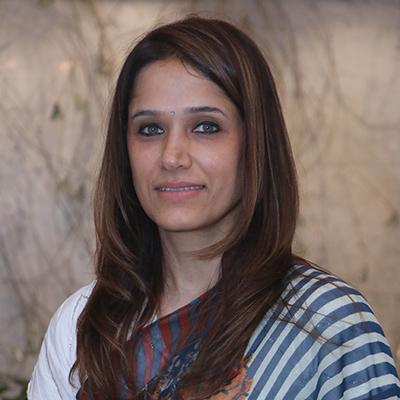IEEFA India: More advances in solar transition
India is moving rapidly ahead with its clean energy transition, setting an aggressive target of having 175 gigawatts of installed renewable energy in the country by 2022. Of this, the government anticipates 100GW will be solar given the resource’s huge potential in India. As of 31 July of this year, India has 23GW of installed solar capacity, with 1.2GW of solar rooftop and 21.8GW of ground mounted solar projects.
To reach its 2022 target, the government has introduced several policies to spur solar development nationwide, including, among others, allowing accelerated depreciation for developers, reducing transmission-related charges for projects brought online by the deadline, and introducing renewable energy credits that provide incentives for each unit of green energy produced.
The government is also encouraging projects across the solar spectrum, including conventional solar parks, wind-solar hybrid development, floating solar and solar PV with storage.
States are also playing an increasingly important role in the Indian push for solar. Currently, Tamil Nadu, Andhra Pradesh and Telangana are the fastest growing states for the utility scale solar PV projects, but there is growing interest in this clean and increasingly inexpensive alternative across the country.
The push for 100GW of solar capacity 2022 may seem unreachable, but looking at the massive changes just since 2010 clearly shows that it is a doable proposition. India’s solar transition began with the Jawahar Lal Nehru National Solar Mission (JNNSM) in 2010, which set a then-aggressive target of 20 GW by 2022—a goal that was easily reached in 2017.
There also has been a clear shift in capacity addition over the years, with renewables overtaking thermal power to meet the country’s growing energy needs.
According to one estimate from Bloomberg NEF, India needs US$140 billion in additional investment in renewable energy and grid support by 2020 to reach its 100GW goal. Securing the financing for that growth is going to require new approaches as traditional funding sources will not be sufficient.
Some of the emerging and alternate sources of debt and equity funding that need to be tapped to reach the country’s solar goals include broader use of green bonds, the development of a green climate fund and new infrastructure development funds.
ONE OF THE DRIVERS OF LARGE-SCALE SOLAR DEPLOYMENT IN INDIA has been the rapid decline in solar tariffs, which are now at record lows of just Rs. 2.44/kWh (US$34/MWh), fixed flat/zero indexation for 25 years. This is half the tariff required to support a new, non-mine mouth coal fired power plant, underscoring the economic challenges facing India’s coal sector.
However, while these low tariffs are excellent news for Indian consumers, they require developers and investors to carefully account for project risks while bidding—or potentially face the same boom-bust power cycle of poor investment currently undermining the country’s coal sector.
To avoid the huge bad debts and asset stranding in the coal-generation arena, India’s solar sector needs policy certainty from the government and proper due diligence by developers.
In particular, the government should let market forces decide pricing and refrain from ad hoc policy announcements like capping solar tariffs or implementing safeguard duties. Such changes inevitably slow development efforts, and could be holding back US$20-40 billion of annual investment into the Indian renewables sector.
India’s energy policy is on the right track, but this transformation could occur at twice the speed with policy clarity, stability and absent the short-termism of a module import duty.
Vibhuti Garg is an IEEFA energy economist. She can be reached at [email protected].
RELATED POSTS:
IEEFA report: Seven disruptions driving the modernization of electricity generation and transmission
IEEFA report: Vast potential in India for solar-powered irrigation
IEEFA update: Risk to India’s banking sector in rising tide of stranded assets











